| Demand for purchases from China increased, raw cassava prices increased again in the first 5 months of 2023, cassava and cassava product exports to Japan increased by 1,285% |
In June 2023, cassava and cassava product exports decreased for the fourth consecutive month.
The Import-Export Department ( Ministry of Industry and Trade ) cited statistics from the General Department of Vietnam Customs, saying that in June 2023, Vietnam exported 141,34 thousand tons of cassava and cassava products, worth 65.43 million USD, down 26.7% in volume and down 18.4% in value compared to May 2023.
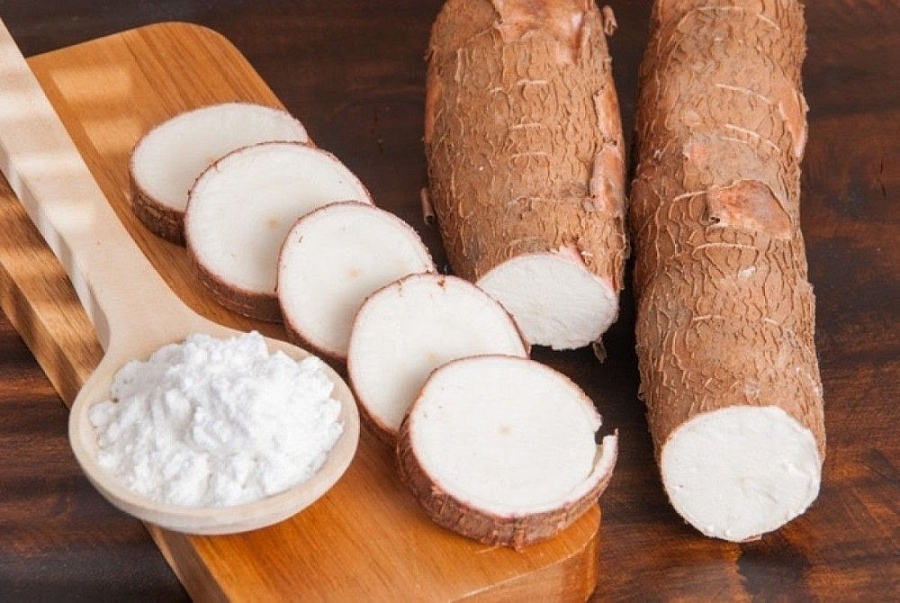 |
| In June 2023, cassava and cassava product exports decreased for the fourth consecutive month. |
Compared to June 2022, it decreased by 50.3% in volume and 47.7% in value, this is the 4th consecutive month of decrease compared to the same period in 2022.
The average export price of cassava and cassava products is at 463 USD/ton, up 11.3% compared to May 2023 and up 5.2% compared to June 2022.
In the first 6 months of 2023, the export of cassava and cassava products reached 1.5 million tons, worth 593.84 million USD, down 13.4% in volume and 21.2% in value compared to the same period in 2022.
In the first 6 months of 2023, cassava and cassava products exports to a market still grew strongly in both volume and value compared to the same period in 2022, notably markets such as Taiwan, Japan, Malaysia... However, these markets only account for a small proportion of the total volume of cassava and cassava products exported from Vietnam.
In June 2023, China remained Vietnam's largest export market for cassava and cassava products, accounting for 84.88% of the country's total cassava exports with 119.97 thousand tons, worth 55.38 million USD, down 29.9% in volume and 21.6% in value compared to May 2023; compared to June 2022, down 52.4% in volume and down 50.2% in value.
In the first 6 months of 2023, Vietnam exported 1.34 million tons of cassava and cassava products to the Chinese market, worth 522.85 million USD, down 15.1% in volume and 23.9% in value compared to the same period in 2022.
In the past two months, China's imports of cassava and cassava starch decreased compared to the same period in 2022 due to the summer, the low alcohol consumption season in China, along with the sharp depreciation of the Yuan.
In general, in the Chinese market, Vietnamese cassava and tapioca starch are facing strong competition with cassava and tapioca starch from Thailand, Laos and Cambodia.
The National Cassava Policy 2020-2025 is an important step towards developing Cambodia’s cassava sector and expanding export markets. Cambodia has made progress in cassava exports, with Vietnam and Thailand being the leading buyers, and China’s emergence as a major export market for Cambodian cassava is a positive development.
The new agreement between Cambodia and the Guangxi Zhuang Autonomous Region (China) on the export of 400,000 tons of dried cassava from March 2022 to March 2023 is a good opportunity for Cambodia to further increase its cassava exports to China.
However, it is important for Cambodia to continue developing the cassava sector and address any challenges that may arise, such as ensuring quality standards and improving productivity and efficiency in the process.
It is difficult for Vietnamese enterprises to compete with Thailand in exporting cassava and cassava products to China. However, with the advantage of low prices, familiar trade, and close markets, Vietnamese enterprises need to improve product quality to maintain and expand market share in the Chinese market.
Aiming for 2 billion USD/year
China's demand for Vietnam's new crop of cassava starch is expected to increase as the country prepares to enter the moon cake production season from the beginning of the sixth lunar month.
In the domestic market, domestic cassava starch prices in the North and Central regions increased by 100 - 200 VND/kg. The supply of cassava from Cambodia to Tay Ninh border gates increased sharply.
In Lang Son , cassava starch exporting enterprises are still delivering goods to China with prices pushed up to the highest level of over 4,200 NDT/ton, but very little.
In the past 10 years, the development speed of Vietnam's cassava industry has grown quite strongly. Currently, the cassava growing area nationwide is about 530,000 hectares/year, with an output of over 10 million tons of fresh cassava tubers/year. The export turnover of cassava products to markets such as China, Korea, Malaysia... increased from 0.958 billion USD (in 2018) to nearly 1.5 billion USD (in 2022).
Cassava and the cassava starch processing industry have contributed to creating jobs for over 1.2 million workers, making a significant contribution to hunger eradication, poverty reduction, and socio-economic stability for many localities across the country.
Recently, the Vietnam Cassava Association has had working sessions with leaders of Thanh Hoa, Yen Bai, Gia Lai, Phu Yen, Kon Tum, Binh Dinh, Dak Lak, Tay Ninh provinces to assess the current status of cassava material areas and the scale of cassava starch production, in order to ensure stable production and sustainable development of cassava in localities.
At the recent Congress of the 3rd term (2023-2028 period), the Vietnam Cassava Association set a target of reaching 2 billion USD/year in cassava export turnover by 2028, with a vision of 2.5 billion USD/year by 2050.
To achieve this figure, Mr. Nghiem Minh Tien - Chairman of the Vietnam Cassava Association - said that the cassava industry identified 3 problems that need to be solved, which are: export depends too much on one market; processing technology is still backward, there are not many deeply processed products; imbalance between processing and raw cassava growing areas...
The Vietnam Cassava Association has proposed solutions and directions such as: maintaining the cassava area nationwide at 500,000 - 520,000 hectares/year; limiting the situation of unhealthy purchasing competition, causing general damage to the domestic cassava industry; controlling the safety of diseases on cassava plants; investing in expanding the application of advanced technology in processing, increasing the rate of deep processing after cassava starch from 6.7% to 15%; expanding and diversifying the market...
Source link



![[Photo] President Luong Cuong presents the 40-year Party membership badge to Chief of the Office of the President Le Khanh Hai](https://vphoto.vietnam.vn/thumb/1200x675/vietnam/resource/IMAGE/2025/5/19/a22bc55dd7bf4a2ab7e3958d32282c15)
![[Photo] Close-up of Tang Long Bridge, Thu Duc City after repairing rutting](https://vphoto.vietnam.vn/thumb/1200x675/vietnam/resource/IMAGE/2025/5/19/086736d9d11f43198f5bd8d78df9bd41)
![[Photo] Panorama of the Opening Ceremony of the 43rd Nhan Dan Newspaper National Table Tennis Championship](https://vphoto.vietnam.vn/thumb/1200x675/vietnam/resource/IMAGE/2025/5/19/5e22950340b941309280448198bcf1d9)

![[Photo] General Secretary To Lam attends the conference to review 10 years of implementing Directive No. 05 of the Politburo and evaluate the results of implementing Regulation No. 09 of the Central Public Security Party Committee.](https://vphoto.vietnam.vn/thumb/1200x675/vietnam/resource/IMAGE/2025/5/19/2f44458c655a4403acd7929dbbfa5039)


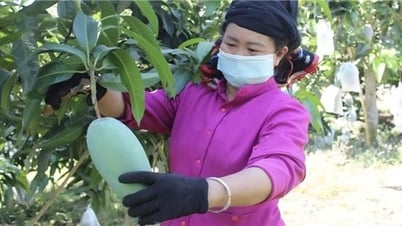

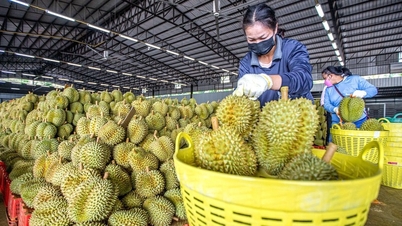

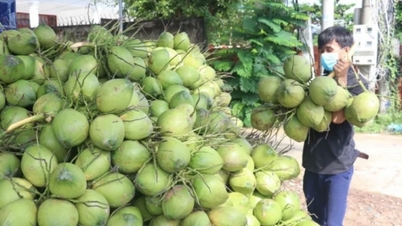
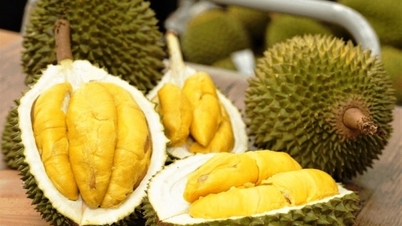

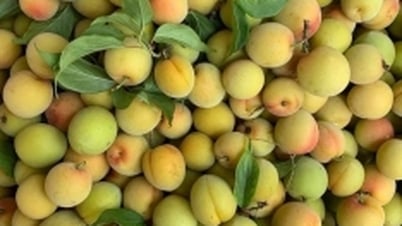






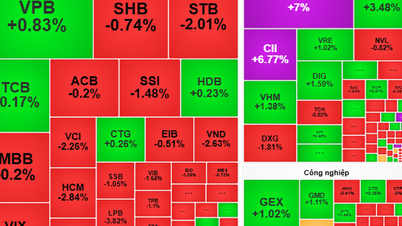








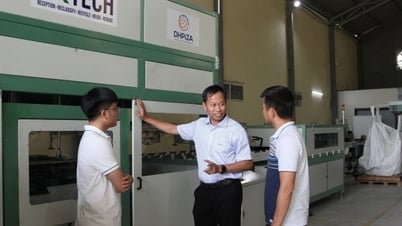
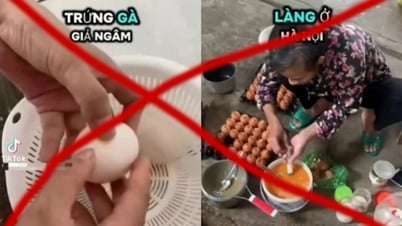
![[Photo] Prime Minister Pham Minh Chinh inspects the progress of the National Exhibition and Fair Center project](https://vphoto.vietnam.vn/thumb/1200x675/vietnam/resource/IMAGE/2025/5/19/35189ac8807140d897ad2b7d2583fbae)




















































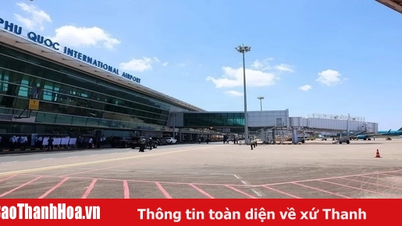






![[VIDEO] - Enhancing the value of Quang Nam OCOP products through trade connections](https://vphoto.vietnam.vn/thumb/402x226/vietnam/resource/IMAGE/2025/5/17/5be5b5fff1f14914986fad159097a677)





Comment (0)